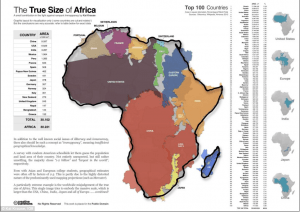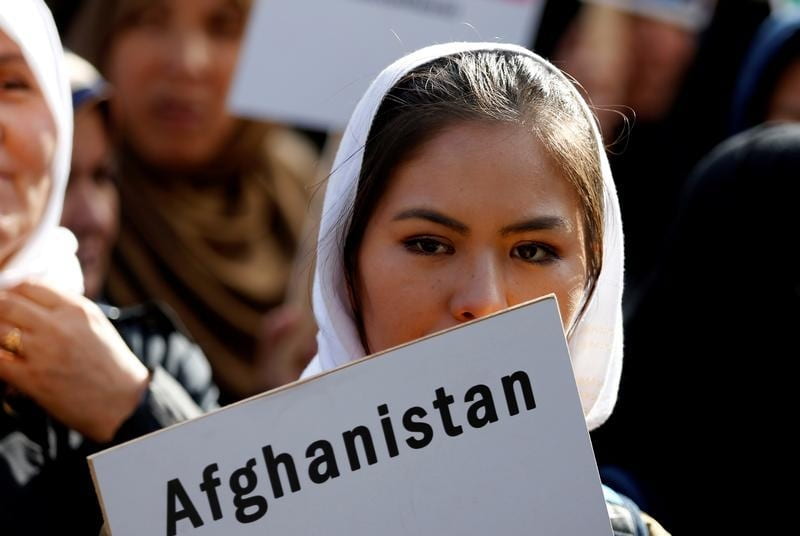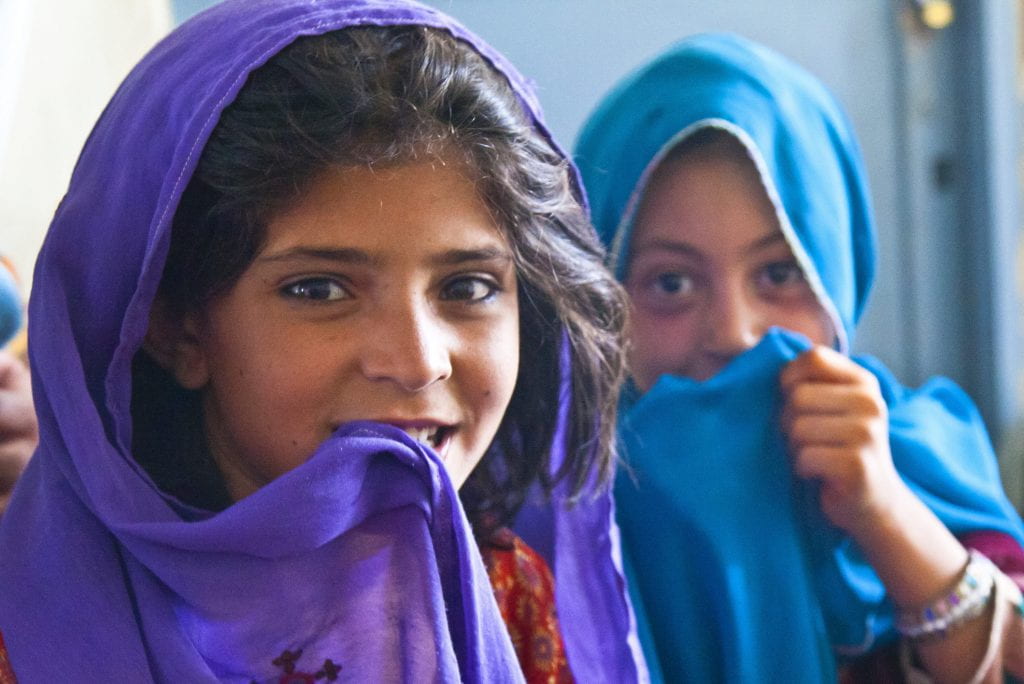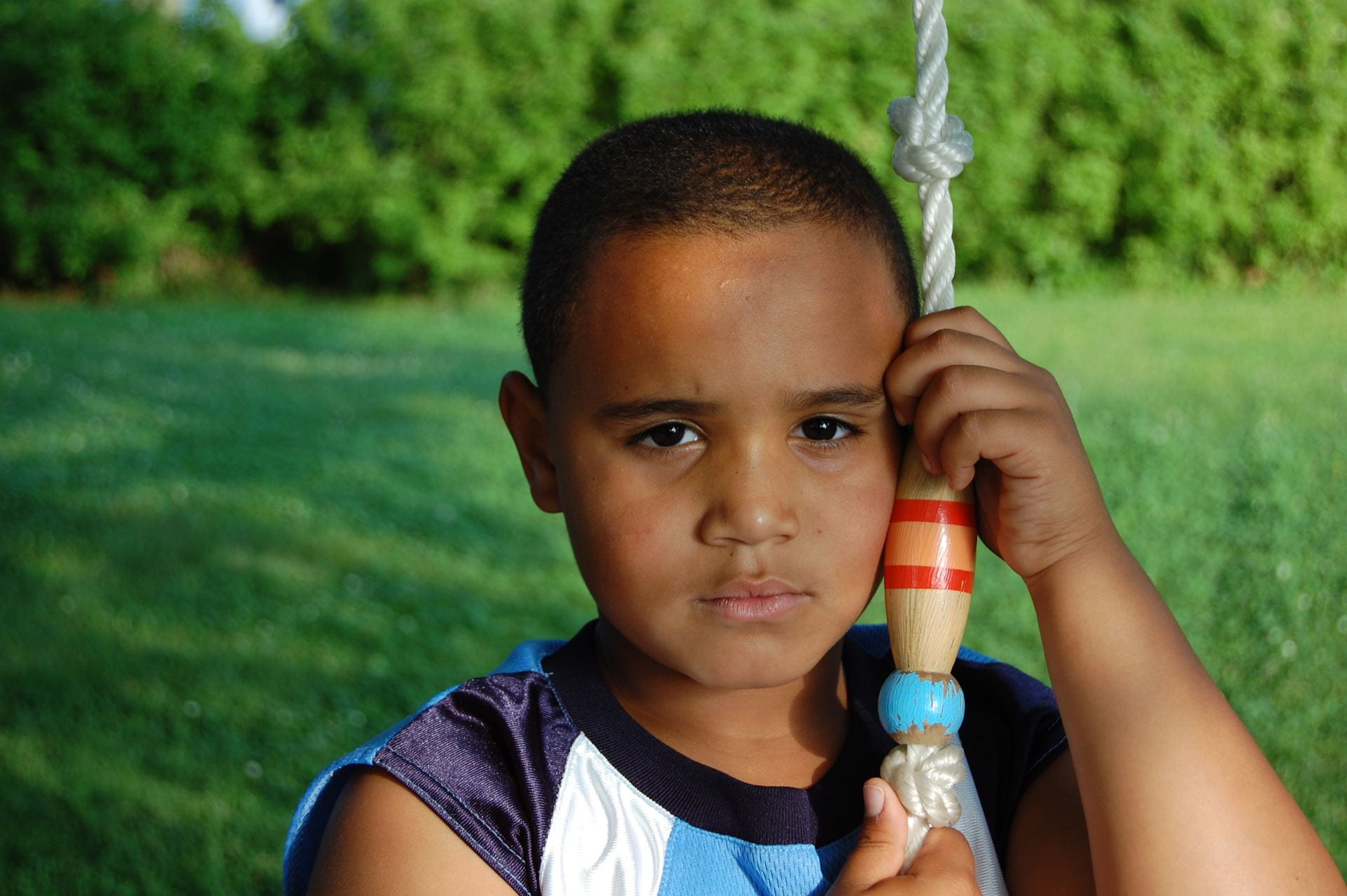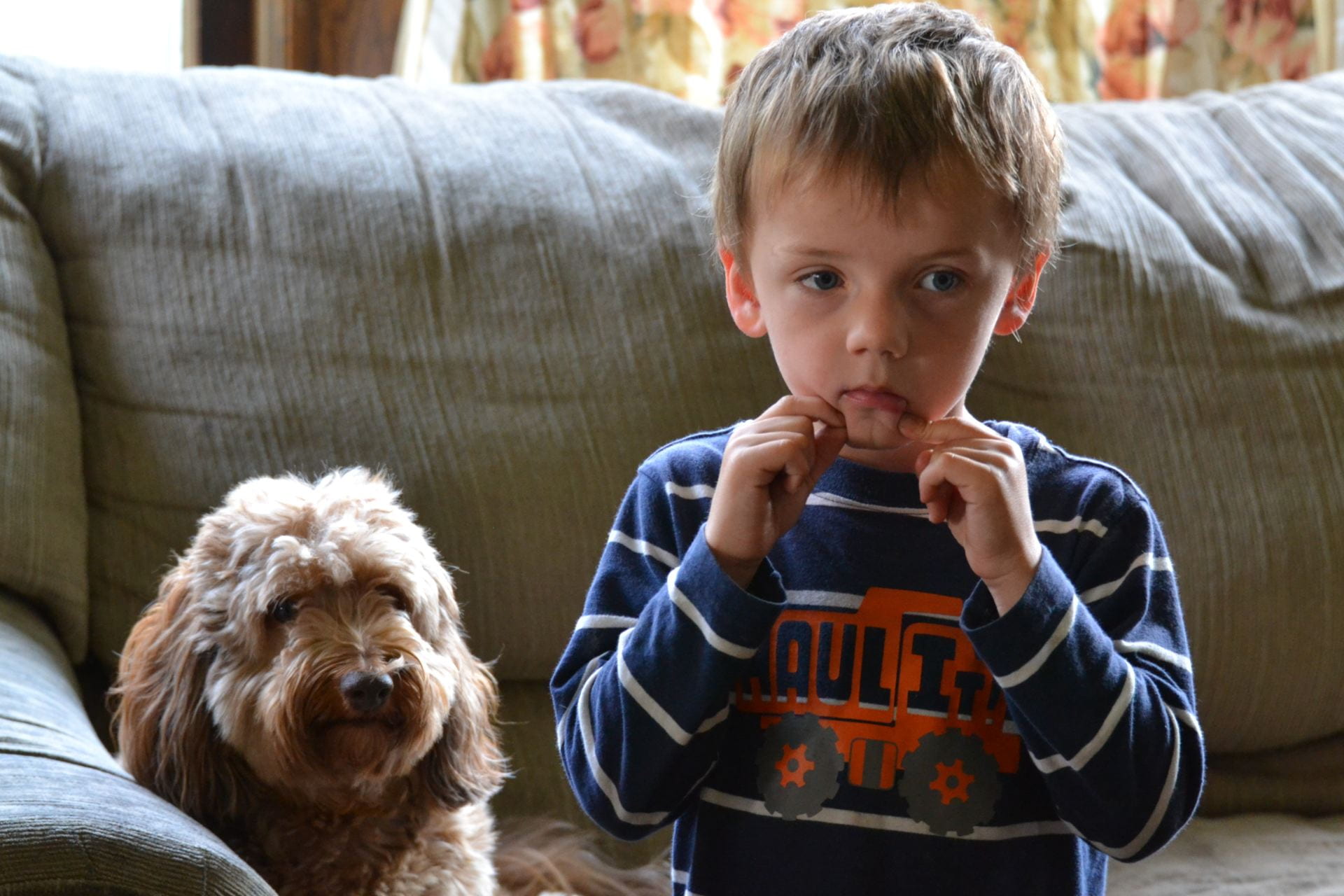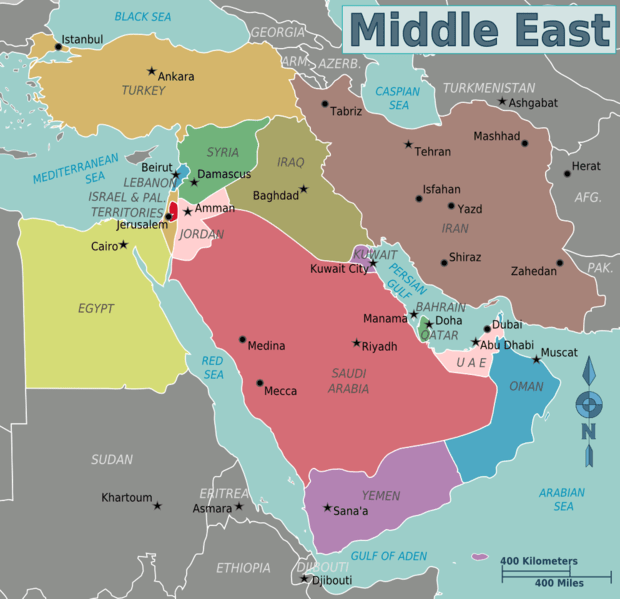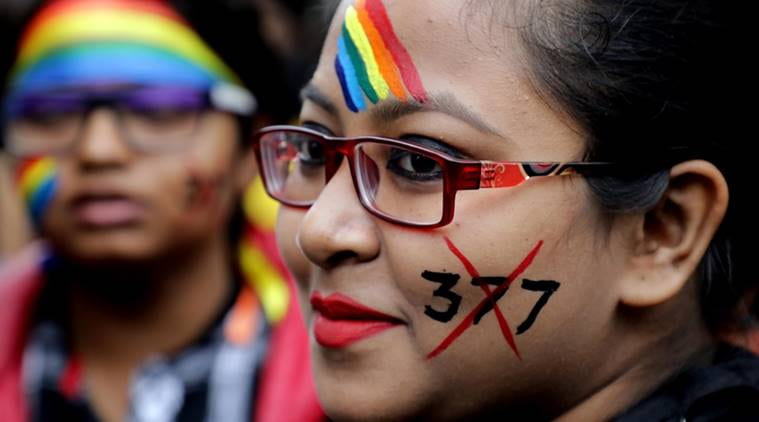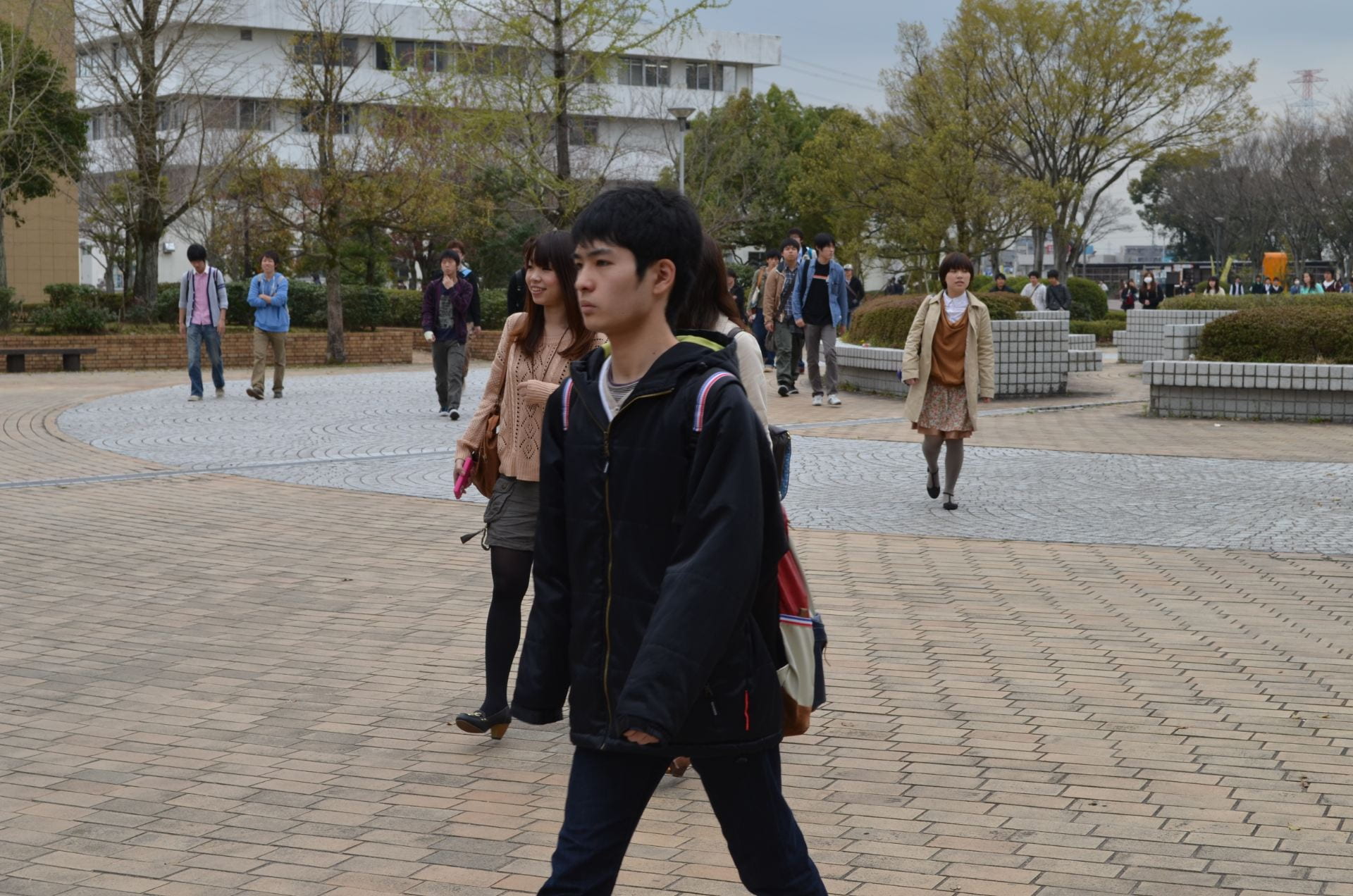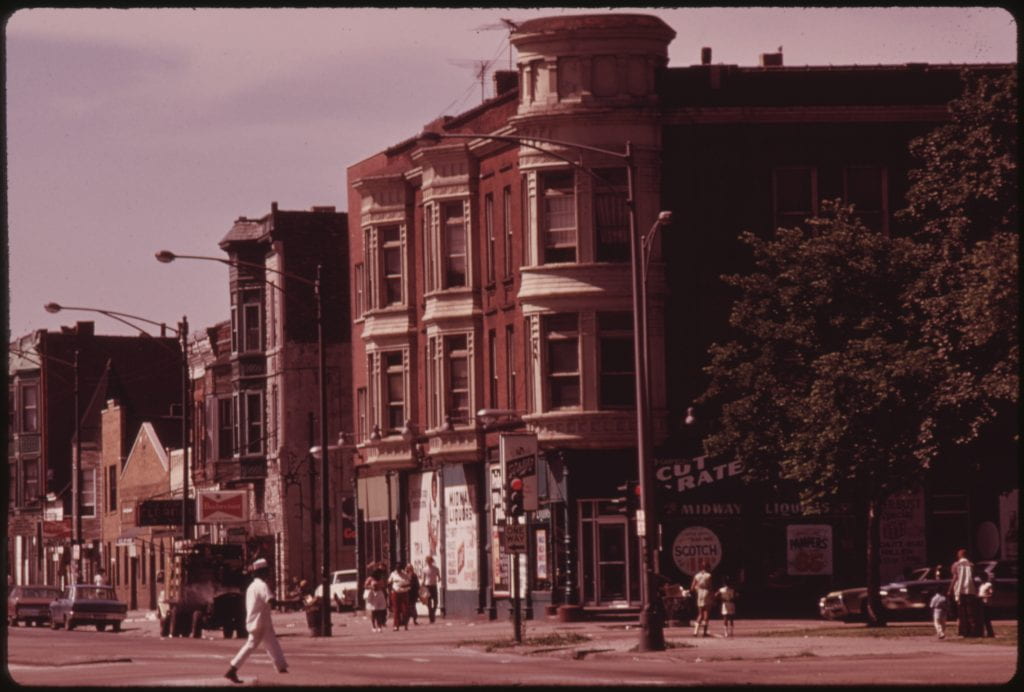by Pam Zuber
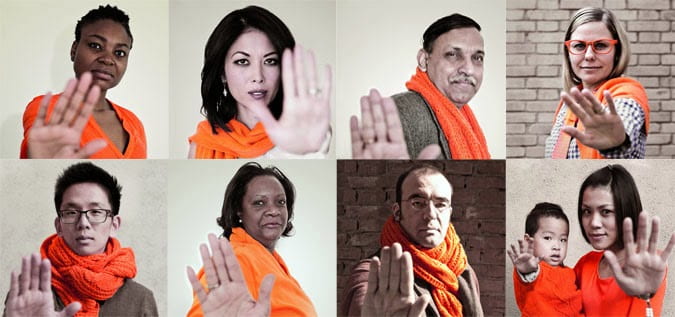
“But the details about that night that bring me here today are ones I will never forget. They have been seared into my memory and have haunted me episodically as an adult.” – Christine Blasey Ford, 2018
Christine Blasey Ford spoke these words during her opening statement during a September 2018 hearing before the United States Senate Judiciary Committee. The purpose of the hearing was to determine if nominee Brett Kavanaugh was fit to serve on the United States Supreme Court. Blasey Ford said that when she and Kavanaugh were both teenagers, an extremely drunk Kavanaugh sexually assaulted her by groping her and trying to remove her clothes. When she tried to scream, he covered her mouth, and Blasey Ford said she was afraid that this action would suffocate her.
This testimony illustrates how many women have experienced physical and sexual violence. This testimony joins the many heartrending stories we’ve heard as part of the #MeToo and Time’s Up campaigns. The repercussions of this violence can linger long after the violence has ended. They can affect women for the rest of their lives and affect their loved ones and acquaintances. Violence thus creates a ripple effect that touches all parts of society, not just the women directly harmed by the acts of violence.
To address this violence, the United Nations (UN) sponsors the International Day for the Elimination of Violence against Women every year. In 2018, this day occurs on November 25, 2018. This day is part of the United Nations Secretary-General’s UNiTE Campaign’s 16 Days of Activism to End Violence Against Women.
What is violence against women?
Sadly, there are many types of violence against women. Violence can be physical, sexual, verbal, emotional, or a combination of these. It can be the threat of violence, such as threatening violence against women if they do or don’t do certain things. Violence can be against ciswomen (people who were born biologically female and identify as female). It can be against trans people or nonbinary individuals and sometimes occur because of their trans or nonbinary statuses. Women, nonbinary people, and trans individuals of color also might also encounter violence. This article refers to all women, nonbinary people, and trans individuals unless otherwise specified.
Violence can occur in public or it can occur in homes, schools, or workplaces. It can occur among strangers or among family members, coworkers, classmates, or teachers and students. Some people and groups use violence against women as a weapon of war, raping women and girls because they think the violence will serve as a sign of dominance and power. In this perspective, any pregnancies that result are an added bonus because the pregnancies perpetuate the dominant/violent lineage instead of the groups they’ve vanquished.
Some people commit violence against women simply because they feel that they can. They feel that they can get away with such behavior without suffering any negative repercussions. In this view, their feelings and physical needs are more important than the feelings of the women in their lives, even though, as we’ve seen, such actions can create lifelong consequences for the women and the people who know them. Such feelings of entitlement might partially explain the Kavanaugh/Blasey Ford incident. After all, when examining cultural problems, it helps to examine the cultures that created them.
How does culture contribute to violence?
Violence against women – or any violence – does not exist in a vacuum. Cultural forces often help to create and perpetuate violence against women. Even today, we hear the excuse “boys will be boys” in discussions of sexually aggressive behavior by men and boys. People still question whether women are inviting sexual aggression by their choice of clothes, their behavior, their decision to go places alone, and their drinking habits. While such attitudes exist in the United States, they are sometimes even more pronounced in other countries. Honor killings are a sadly common occurrences in some parts of the world. There were about 1,100 such murders in Pakistan alone in 2015.
In honor killings, people kill their female relatives because they believe that the females’ actions have shamed their families. In this view, shameful actions include dancing, working outside of the home, appearing on social media, dating, not marrying the families’ choices of suitors, or even being raped (even though rape is obviously not a person’s fault). People also worry that women will falsely accuse their sons of rape, even though their daughters are far more likely to experience sexual violence. And this is only for reported incidents of violence. The U.S. Bureau of Justice Statistics estimates that people report 35 percent of sexual assaults to the police. This means that people do not report almost two-thirds of all sexual assaults.
Why? One only has to observe what happened to Christine Blasey Ford. Because she recounted her experiences, she
- Received death threats.
- Moved with her family from their home because she feared for their safety.
- Faced intense scrutiny from politicians, the media, and the U.S. public.
“I have had to relive my trauma in front of the entire world, and have seen my life picked apart by people in television, in the media, and in this body who have never met me or spoken with me,” Christine Blasey Ford admitted. Meanwhile, the man she accused, Brett Kavanaugh, still became a justice of the U.S. Supreme Court.
Is it any wonder why women and trans and nonbinary people are often reluctant to report violence against them? Even if they speak out, do people really listen? Are people really willing to take actions to deal with such violence or prevent such violence in the first place?
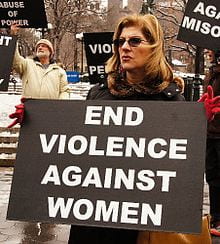
How does violence affect women and society at large?
If people don’t listen to women’s stories of violence, take action to remedy them, or try to prevent violence, there are repercussions. Violence harms women, the people around them, and society at large. Ending the culture of violence against is the responsibility of societies and the governments that represent them. On a political level, such efforts protect and encourage half of the population, a population that votes and can support governments that support them (or withhold their support for unsupportive politicians and governments).
More importantly, such efforts are imperative on a human rights level. Ending a culture of violence against women ensures that all of a society’s citizens are respected and can fully experience society. It allows people to advance instead of holding people down. Violence causes immediate physical and emotional harm. It also can also create long-lasting consequences. For example, women who have been raped might
- Contract a sexually transmitted disease such as HIV/AIDS.
- Face unwanted pregnancies.
- Struggle with post-traumatic stress disorder (PTSD) or other mental health conditions.
- Develop a drug addiction or a dependence on alcohol because they are using substances to try to forget the attack.
- Encounter problems at school or work because the attack led to absences or made it difficult to concentrate.
- Experience shame and stigmatization from people who believe that they were responsible for the rape.
- Find it difficult to begin new relationships or manage existing ones.
- Deal with fear, anger, and other emotions.
These consequences are complex and require extensive professional help. Help is also necessary to address other aspects of violence. That’s because violent attacks hurt more than just women. They hurt their families because the families see how much the women in their lives are struggling. The women may also be unable to engage with others because of such attacks.
Violent attacks prevent women from contributing to their homes and workplaces. But, more importantly, they stifle women and violate their human rights. They could make women fearful of doing things that they might feel trigger such attacks, although violence is not their fault, but the fault of perpetrators. They might be afraid to do anything because of such attacks. This fear could paralyze them, prevent them from living full lives, and deprive society of their contributions.
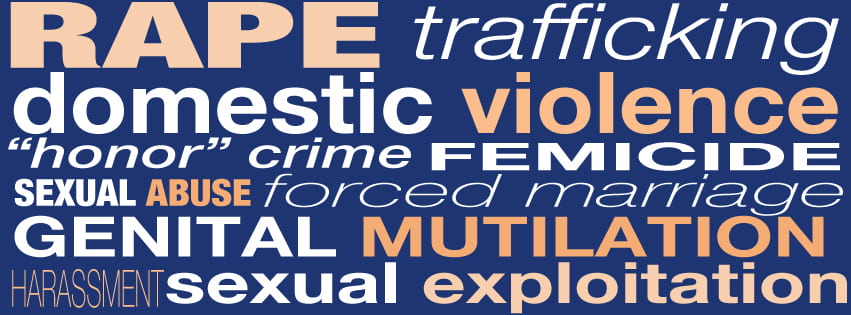
How can people prevent such violence?
It’s imperative, then, to prevent violence against women. Governments, people, and organizations are working to do just that. UN Women, part of the United Nations, has discussed the commitments and efforts of several countries around the world who have pledged to end violence against women. Such efforts include general commitments to investigate violence and work with groups to end and prevent it. UN Women also discussed specific actions, such as the country of Senegal’s creation of a hotline to help women and the country of Australia’s creation of a public campaign promoting respectful relationships and a project to promote workplace safety for women.
The annual United Nations-backed International Day for the Elimination of Violence against Women and the 16 Days of Activism to End Violence Against Women are examples of such efforts. The Center for Women’s Global Leadership’s Global Leadership Institute originated the 16 Days of Activism in 1991.
From the start, the organization and its work were inclusive. According to a website for the 16 Days of Activism campaign, the first participants in 1991 came from different countries in all of the world’s regions and were drawn from a variety of fields – lawyers, policymakers, teachers, health care workers, researchers, journalists, and activists. These women were local civil society leaders with at least two years of experience in women’s organizing who were also interested in building the global women’s human rights movement.
While this antiviolence campaign has always been global, it is interesting that it began at a time of great debate about violence against women in the United States. That’s because 1991 was also the year that law professor Anita Hill testified that Clarence Thomas had sexually harassed her. Clarence Thomas, like Brett Kavanaugh, was a nominee for the U.S. Supreme Court. Thomas, like Kavanaugh, became a justice of the court despite the accusations against him.
Is it any wonder why organizations continue to sponsor efforts to end violence and harassment against women? For example, the International Day for the Elimination of Violence against Women, November 25, 2018, inaugurates these 16 Days of Activism to End Violence Against Women. International Human Rights Day, December 10, 2018, ends these 16 Days of Activism.
The timing of these days illustrates how the United Nations and other organizations consider violence not just a women’s problem, but a human rights issue. It sends the message that violence against women is a blight on humanity that concerns us all, not just the people immediately affected. Orange Is the World: #HearMeToo is the theme for 2018’s 16 Days of Activism campaign. This campaign builds on the momentum of movements such as #MeToo and Time’s Up. The UN Women and the Secretary-General’s UNiTE Campaign says that the color orange is intended to “symbolize a brighter future without violence. For us, the ‘orange’ comes from the fire ignited by the many women’s groups dedicated to combating violence against women around the world.”
To combat this violence, #HearMeToo has championed inclusiveness. It has encouraged people to share their stories of violence and created spaces for people to share them. It has shared their stories through digital and print media. It has sponsored listening events that included voices from all sectors, aiming to “create opportunities for dialogue between activists and policy makers, private sector organizations and the public.”
Other organizations are speaking out about violence. The NoVo Foundation founded the Move to End program to end violence against women and girls. The Move to End program’s On the Move blog contains several stories about efforts to end violence and encourages people to contribute as guest bloggers. Several other sites also feature blogs that encourage contributors, such as Ms. magazine. These blogs provide information. They provide a forum for people to share this information so they can speak and others can listen. Listening may sound simple, but it’s a vital step. Violence uses power to silence victims. Letting voices be heard helps dispel fear, secrecy, and uncertainty.
Pam Zuber is a writer and editor who has written about a wide variety of topics, including politics, addiction, and gender.

